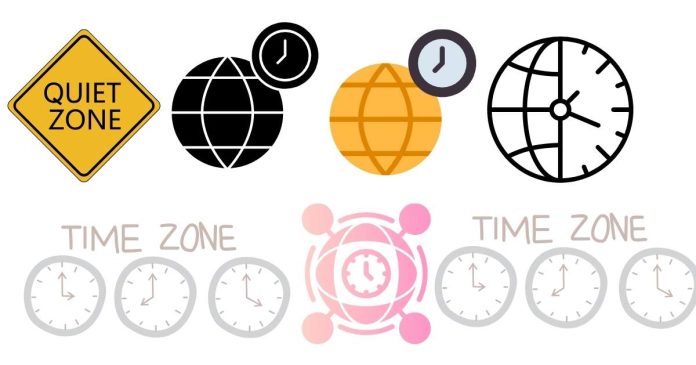Time zones were created to bring order to the chaos caused by inconsistent local times. Before the mid-19th century, towns and cities set their clocks based on the position of the sun, resulting in unique local times. This became problematic with the rise of railways and cross-country communication, as standardized scheduling was nearly impossible.
In 1884, the International Meridian Conference established the Prime Meridian in Greenwich, England, as the starting point for global timekeeping. The world was divided into 24 time zones, each representing one hour of the 24-hour day. This system allowed for synchronization across regions while respecting Earth’s rotation. Today, time zones are an essential part of daily life, enabling global coordination and communication.


